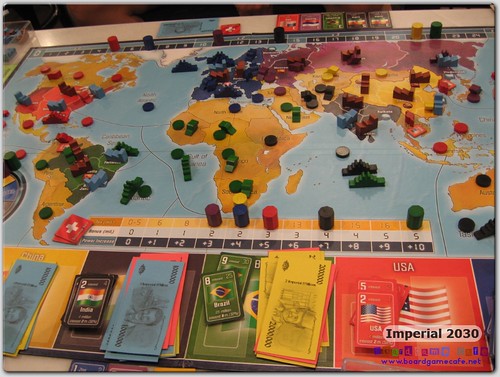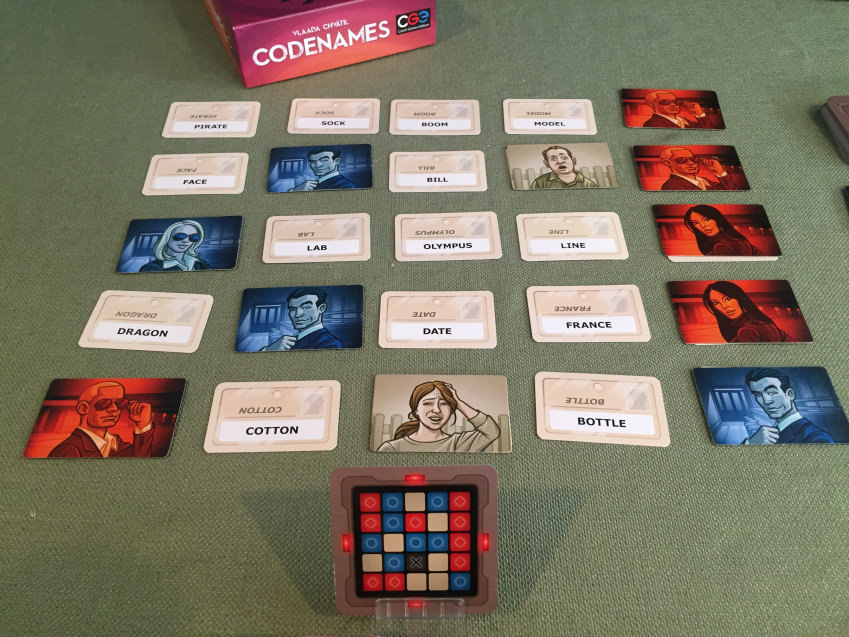Designer: Vital Lacerda
Who wouldn’t want to play a game about being a middle manager at a car factory? OK, so it’s not the glitziest power fantasy, but in Kanban you’ll live the dream! You’ll place your worker in one of several departments, which allows you to create prototypes, produce cards, research new advances, and play office politics.
Kanban is a super-dense point salad of a game, and it can be daunting to track everything, as one placed worker can touch three or four aspects across the board. However, if you have a group that likes heavy Euros, it’s an intricate and rewarding experience with a gorgeous, if somewhat overwhelming, presentation.
Key Mechanic: Boss Lady. Kanban is a worker placement game, where up to two players can take the benefit of a department per turn. The second person to place gets a minorly lesser benefit. However, the interesting twist is that an NPC meeple that represents your Boss moves through that track. She not only blocks placement in certain spaces, but if she visits your department, she will examine your board state (and either reward you for success or punish you for failure, depending on if you play the easy or hard version of the game). Furthermore, she only makes a certain number of trips through the factory, meaning players can tactically place their characters in a way to accelerate the game to the end, if it’s advantageous to them.
(Photo Credit: Board Game Geek)









Recent Comments